Iran, a country steeped in rich history and vibrant culture, is often referred to as the cradle of civilization. Situated in the heart of the Middle East, Iran has been a focal point of human development for thousands of years. Its strategic location, abundant natural resources, and diverse population have shaped its trajectory throughout history.
Geography
Covering an area of approximately 1.65 million square kilometers, Iran is the 18th largest country in the world. It is bordered by the Caspian Sea to the north, the Persian Gulf to the south, and shares borders with several countries, including Turkey, Iraq, Afghanistan, and Pakistan. This strategic position has made Iran a vital crossroads for trade and cultural exchange throughout history.
The Iranian plateau is characterized by rugged mountains, vast deserts, and fertile plains. The Zagros Mountains stretch across the west of the country, while the Alborz Mountains run along the north. The Dasht-e Kavir and Dasht-e Lut deserts are two of the largest in Iran, known for their extreme temperatures and unique landscapes. Despite its arid climate, Iran is home to several rivers, including the Karun and the Zayanderud, which have been crucial for agriculture and civilization.
States Of Iran
Iran is divided into 31 provinces (or states). Each province has its own local government and administrative structure. The provinces include:
| Number | Province | Capital |
|---|---|---|
| 1 | Alborz | Karaj |
| 2 | Ardabil | Ardabil |
| 3 | East Azerbaijan | Tabriz |
| 4 | West Azerbaijan | Urmia |
| 5 | Bushehr | Bushehr |
| 6 | Chaharmahal and Bakhtiari | Shahrekord |
| 7 | Fars | Shiraz |
| 8 | Gilan | Rasht |
| 9 | Golestan | Gorgan |
| 10 | Hamadan | Hamadan |
| 11 | Hormozgan | Bandar Abbas |
| 12 | Ilam | Ilam |
| 13 | Kerman | Kerman |
| 14 | Kermanshah | Kermanshah |
| 15 | Khuzestan | Ahvaz |
| 16 | Lorestan | Khorramabad |
| 17 | Markazi | Arak |
| 18 | Mazandaran | Sari |
| 19 | Qazvin | Qazvin |
| 20 | Qom | Qom |
| 21 | Razavi Khorasan | Mashhad |
| 22 | Semnan | Semnan |
| 23 | Sistan and Baluchestan | Zahedan |
| 24 | Tehran | Tehran |
| 25 | Yazd | Yazd |
| 26 | Zanjan | Zanjan |
| 27 | South Khorasan | Birjand |
| 28 | North Khorasan | Bojnord |
| 29 | Alborz | Karaj |
| 30 | Fars | Shiraz |
| 31 | Golestan | Gorgan |
Ancient History
Iran’s history is a fascinating tapestry woven with threads of ancient civilizations, empires, and cultural exchanges. The roots of Iranian civilization can be traced back to the Elamite Kingdom, which flourished around 3000 BC in the southwestern region of modern-day Iran. However, it was the rise of the Achaemenid Empire in the 6th century BC that marked the beginning of Iran’s significant impact on world history. Founded by Cyrus the Great, the Achaemenid Empire stretched from the Indus Valley to the Aegean Sea, making it one of the largest empires in history.
The Achaemenid period is renowned for its architectural wonders, including the magnificent city of Persepolis, which served as the ceremonial capital of the empire. This UNESCO World Heritage site showcases the grandeur of Persian architecture and artistry, featuring colossal columns, intricate reliefs, and stunning staircases. The empire’s legacy is also reflected in the establishment of the Royal Road, a network of highways that facilitated trade and communication across the vast territories.
Following the fall of the Achaemenid Empire to Alexander the Great in the 4th century BC, Iran witnessed the rise of several dynasties, including the Seleucids, Parthians, and Sassanids. The Sassanid Empire (224-651 AD) is particularly noteworthy for its cultural and artistic achievements, as well as its rivalry with the Roman Empire. The Sassanids fostered a flourishing of literature, science, and philosophy, leaving a profound impact on Iranian identity and culture.
The advent of Islam in the 7th century AD marked a turning point in Iran’s history. The Arab conquest led to the gradual Islamization of the region, with Persian culture blending with Islamic traditions. This period saw the emergence of great Persian poets, philosophers, and scholars, such as Rumi, Hafez, and Omar Khayyam, whose works continue to resonate with audiences worldwide.
The Safavid Dynasty
The Safavid dynasty (1501-1736) played a crucial role in shaping modern Iran. It established Twelver Shia Islam as the state religion, distinguishing Iran from its predominantly Sunni neighbors. The Safavid era is known for its remarkable contributions to art, architecture, and culture, including the construction of stunning mosques, palaces, and gardens that reflect Persian aesthetics.
One of the most significant achievements of the Safavid dynasty was the development of a distinct Persian identity that blended Islamic and pre-Islamic traditions. This period witnessed a flourishing of Persian miniature painting, carpet weaving, and calligraphy, which remain highly regarded forms of art today. The capital city of Isfahan became a center of cultural and architectural innovation, with iconic landmarks such as the Shah Mosque and the Ali Qapu Palace showcasing the grandeur of Safavid architecture.
Modern History and the Constitutional Revolution
In the 19th century, Iran faced external pressures from colonial powers, particularly Russia and Britain. The Constitutional Revolution of 1905-1911 marked a significant turning point in Iranian history, as it aimed to establish a constitutional monarchy and limit the power of the Shah. This movement laid the groundwork for modern political thought in Iran and paved the way for subsequent political changes.
The Pahlavi dynasty, which came to power in the early 20th century, sought to modernize Iran through Westernization and secularization. However, this often disregarded the traditional and religious values of the Iranian people, leading to widespread dissatisfaction. The monarchy’s authoritarian tendencies and suppression of political dissent contributed to growing opposition.
The Islamic Revolution
The modern history of Iran took a dramatic turn with the Islamic Revolution of 1979. Led by Ayatollah Ruhollah Khomeini, the revolution resulted in the overthrow of the Pahlavi regime and the establishment of the Islamic Republic of Iran. This event had far-reaching implications not only for Iran but also for the entire Middle East.
The Islamic Republic of Iran is characterized by its unique political structure, combining elements of Islamic governance with republican principles. The Supreme Leader, currently Ayatollah Ali Khamenei, holds significant power and authority over various aspects of governance, including the military, judiciary, and media. The President, elected by popular vote, is responsible for the day-to-day administration of the government.
Top Ten Must-Visit Destinations in Iran
Iran, a country rich in history and culture, offers a plethora of stunning destinations for travelers. From ancient ruins to vibrant cities, Iran’s diverse landscape and heritage make it a must-visit for any traveler. Here are the top ten must-visit destinations in Iran:
1. Persepolis
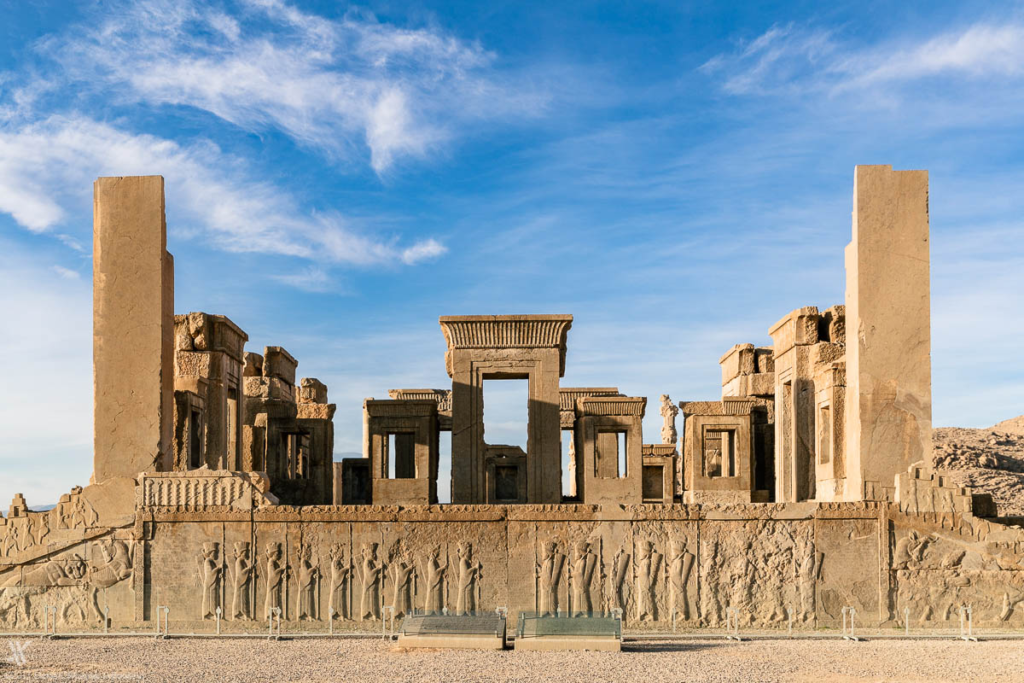
Persepolis, the ceremonial capital of the Achaemenid Empire, is one of the most iconic archaeological sites in the world. Founded by Cyrus the Great in the 6th century BC, this UNESCO World Heritage site features grand palaces, magnificent columns, and intricate reliefs that showcase the artistic brilliance of ancient Persia. Visitors can explore the ruins and marvel at the Gate of All Nations, the Apadana Palace, and the Tomb of Cyrus.
2. Isfahan

Isfahan, often referred to as “Half of the World,” is famous for its stunning Islamic architecture and vibrant bazaars. The city’s centerpiece is Naqsh-e Jahan Square, a UNESCO World Heritage site surrounded by architectural masterpieces, including the Shah Mosque, Sheikh Lotfollah Mosque, and Ali Qapu Palace. Isfahan’s picturesque bridges, such as the Si-o-se-pol and Khaju bridges, add to its charm, making it a perfect destination for leisurely strolls.
3. Shiraz
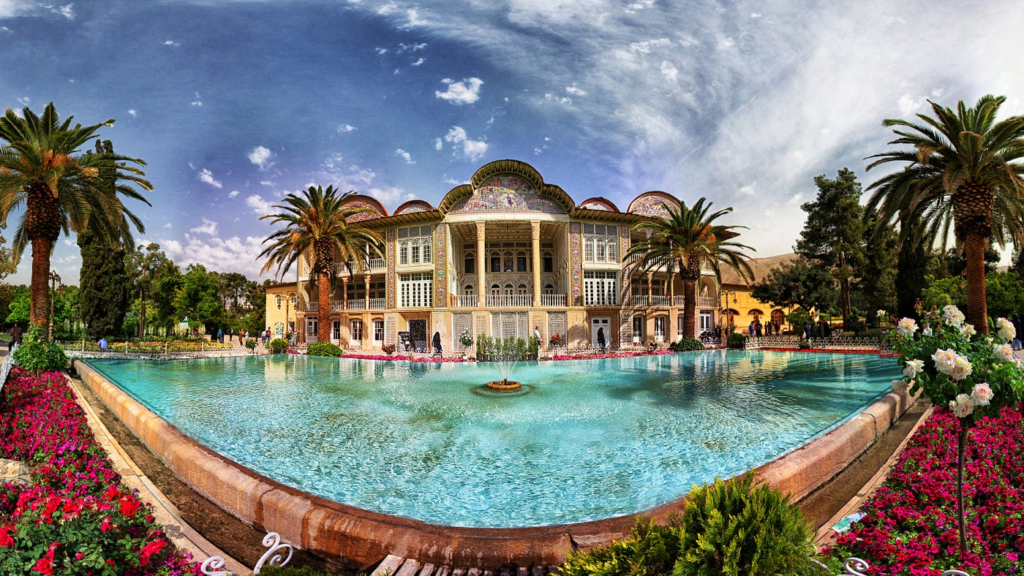
Shiraz, the city of poets and gardens, is renowned for its rich cultural heritage and beautiful landscapes. The city is home to the magnificent Nasir al-Mulk Mosque, also known as the Pink Mosque, famous for its stunning stained glass windows. The tombs of renowned Persian poets Hafez and Saadi are also located here, attracting visitors who seek to pay their respects. Additionally, the nearby Persepolis and Pasargadae sites make Shiraz a hub for history enthusiasts.
4. Yazd

Yazd, one of the oldest continuously inhabited cities in the world, is known for its unique architecture and desert landscapes. The city is famous for its windcatchers, which are traditional air-cooling towers, and its mud-brick buildings. The Jameh Mosque of Yazd, with its stunning tile work, and the Towers of Silence, used by Zoroastrians for sky burial, are must-see attractions. The historic center of Yazd is a UNESCO World Heritage site, showcasing the city’s rich cultural heritage.
5. Kashan

Kashan is a charming city known for its stunning traditional houses and beautiful gardens. The historic Borujerdi House, with its exquisite architecture and intricate plasterwork, is a highlight for visitors. The Fin Garden, a UNESCO World Heritage site, is one of the oldest Persian gardens and features beautiful fountains, ponds, and lush greenery. Kashan’s bazaars also offer a glimpse into traditional Persian life.
6. Tabriz

Tabriz, one of Iran’s major cities, is known for its rich history and cultural significance. The Tabriz Grand Bazaar, a UNESCO World Heritage site, is one of the oldest and largest covered bazaars in the world, offering a unique shopping experience. The Blue Mosque, famous for its stunning blue tiles and intricate architecture, is another must-visit attraction. Tabriz is also a gateway to the beautiful Lake Urmia, one of the largest salt lakes in the world.
7. Mashhad
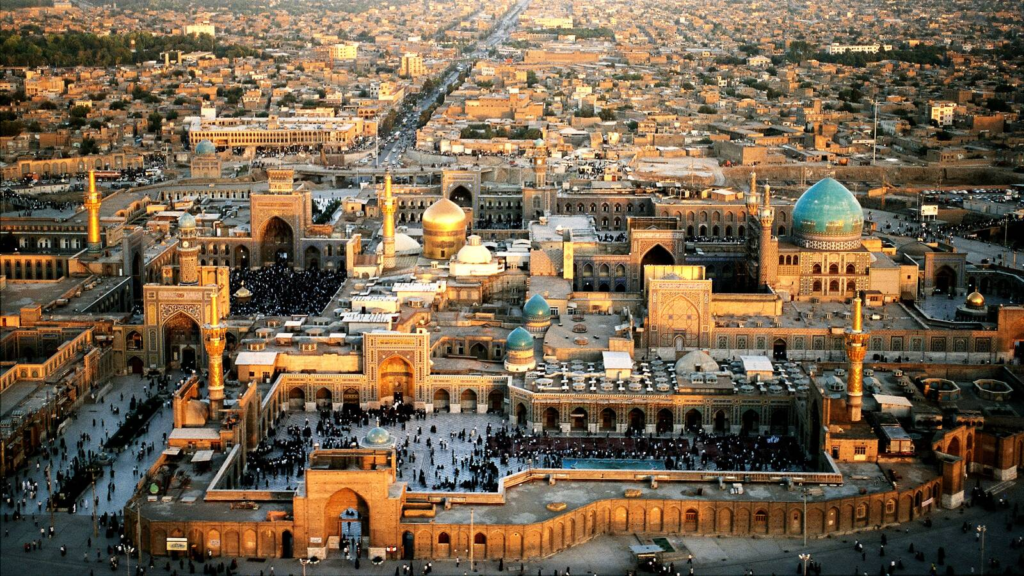
Mashhad is the holiest city in Iran and a significant pilgrimage destination for Shia Muslims. The Imam Reza Shrine, the largest mosque in the world by area, attracts millions of visitors each year. The intricate tile work, beautiful courtyards, and religious significance make it a must-visit site. Mashhad is also home to the beautiful Nader Shah Afshar Museum, showcasing the rich history of the region.
8. Qeshm Island
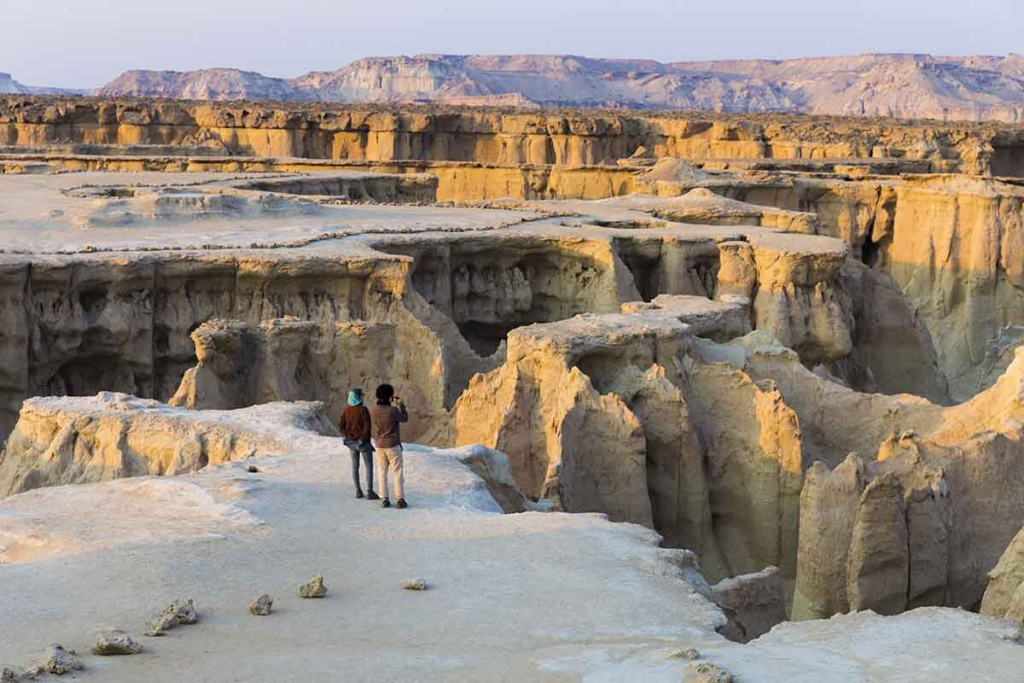
Qeshm Island, located in the Persian Gulf, is known for its natural beauty and diverse ecosystems. The island features stunning geological formations, such as the Hara Marine Forests and the Qeshm Island Geopark, a UNESCO Global Geopark. Visitors can explore the island’s pristine beaches, enjoy water sports, and discover its unique wildlife. The island’s rich history and culture, influenced by various civilizations, add to its charm.
9. Kerman
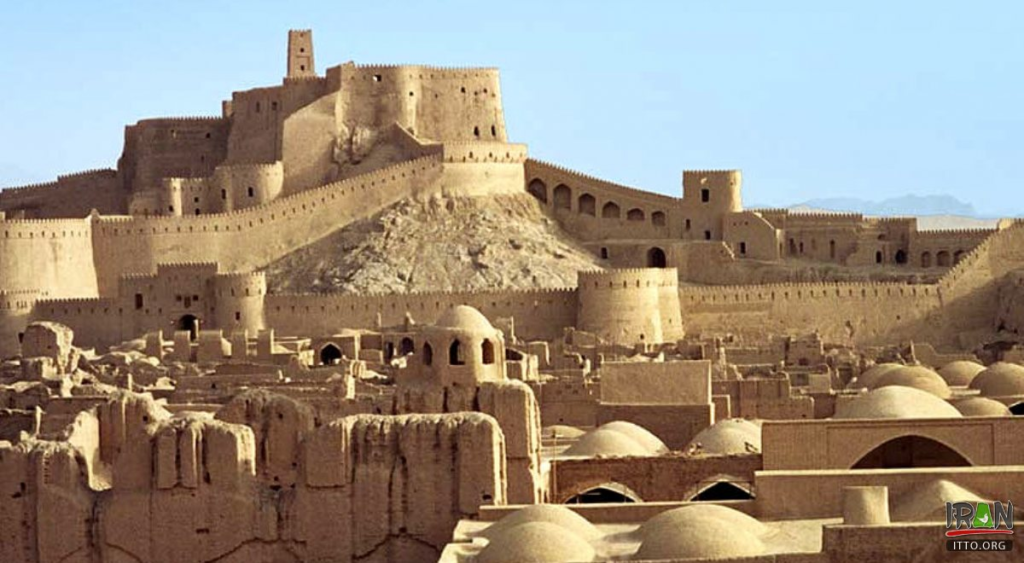
Kerman is a city rich in history and culture, known for its stunning architecture and historical sites. The Jabalieh Dome, a unique structure dating back to the Sassanian era, is a significant landmark. The Ganjali Khan Complex, featuring a beautiful caravanserai, bazaar, and bathhouse, showcases the architectural heritage of the region. Kerman is also a gateway to the Lut Desert, a UNESCO World Heritage site, known for its stunning landscapes and unique geological features.
10. Golestan Palace

The Golestan Palace, located in Tehran, is a UNESCO World Heritage site and a masterpiece of Qajar architecture. The palace complex features stunning gardens, beautiful halls, and intricate tile work, showcasing the opulence of Iran’s royal history. The museum housed within the palace displays a rich collection of art and artifacts, including royal treasures and Persian carpets, making it a must-visit for history and art enthusiasts.
Iran’s rich history, stunning landscapes, and vibrant culture make it a captivating destination for travelers. From ancient ruins to breathtaking architecture, each destination offers a unique glimpse into the country’s heritage. Exploring these must-visit locations will undoubtedly leave travelers with unforgettable memories and a deeper appreciation for Iran’s cultural richness.
Challenges and International Relations
Since the revolution, Iran has faced numerous challenges, both domestically and internationally. The country has been embroiled in ongoing tensions with the United States and its allies, primarily due to its nuclear program, regional influence, and support for proxy groups in the Middle East. The 2015 nuclear agreement, known as the Joint Comprehensive Plan of Action (JCPOA), aimed to curb Iran’s nuclear ambitions in exchange for sanctions relief. However, the U.S. withdrawal from the agreement in 2018 led to heightened tensions and a resurgence of sanctions, impacting Iran’s economy and international standing.
Domestically, Iran grapples with issues such as economic instability, high unemployment, and political repression. Protests have erupted in response to social and economic grievances, reflecting the population’s desire for greater freedoms and reforms. The government’s heavy-handed approach to dissent has often resulted in crackdowns on protesters, leading to international condemnation.
Cultural Heritage
Despite the challenges, Iran remains a nation rich in cultural heritage and diversity. Persian culture has made significant contributions to art, literature, and science, influencing not only the region but also the world. Persian poetry, characterized by its beauty and depth, continues to inspire generations. The works of poets like Rumi and Hafez are celebrated not only in Iran but also globally, resonating with themes of love, spirituality, and humanity.
Iran is also renowned for its architectural marvels, ranging from ancient ruins to modern structures. The intricate tile work, domes, and arches of Persian mosques reflect the country’s artistic prowess. Historic sites such as Persepolis, the Golestan Palace, and the Nasir al-Mulk Mosque attract visitors from around the world, showcasing Iran’s rich architectural heritage.
Cuisine
Iranian cuisine is another vital aspect of the country’s cultural identity. The diverse culinary traditions reflect the country’s regional variations and agricultural abundance. Dishes such as kebabs, stews, and rice are staples in Iranian households. Saffron, a prized spice, is commonly used in Persian cooking, adding flavor and aroma to various dishes.
Mango lassi, chai masala, butter garlic naan, Amritsari kulcha, Hyderabadi biryani, shahi paneer, chole bhature, tandoori chicken, and korma are some of the popular dishes that have gained recognition worldwide. The culinary traditions of Iran highlight the significance of hospitality and communal dining, where meals are often shared with family and friends.
Top Eight Most Famous Food Of Iran

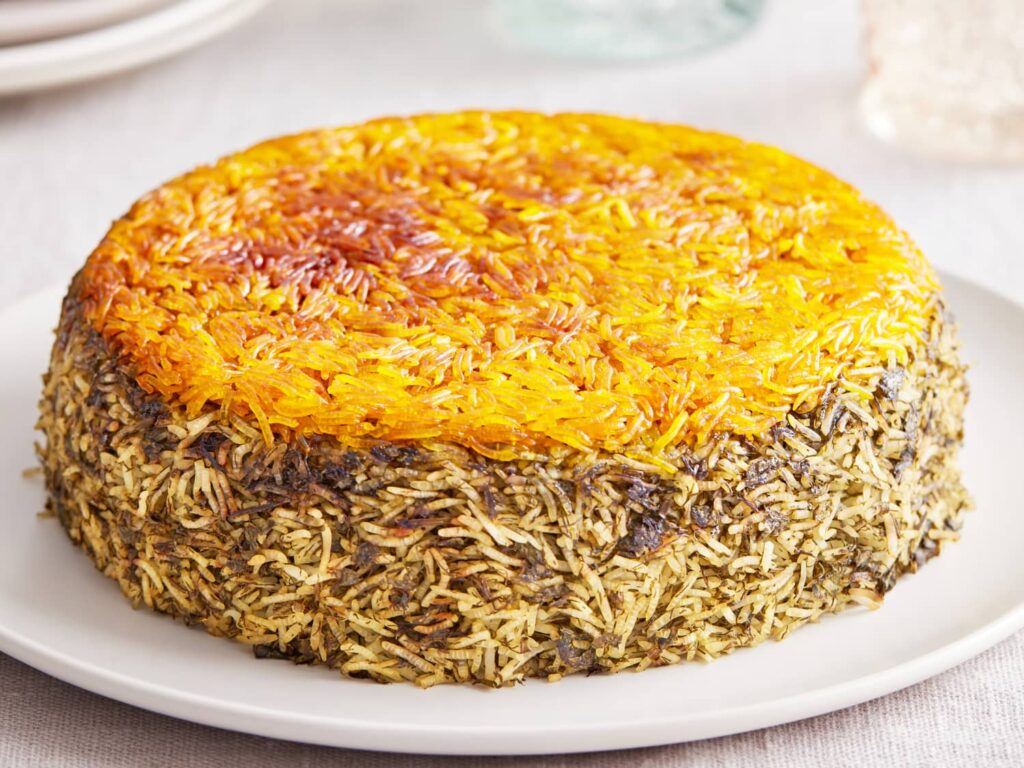
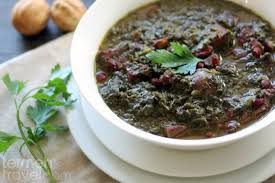
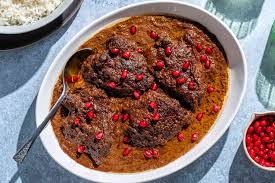


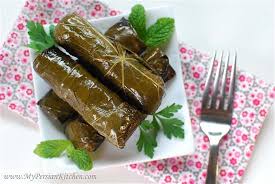

Contemporary Society and Culture
Contemporary Iranian society is a dynamic blend of tradition and modernity. While the country has deep-rooted cultural practices, globalization and technological advancements have influenced various aspects of daily life. Young Iranians are increasingly embracing modern lifestyles while navigating the complexities of cultural expectations and government regulations.
The role of women in Iranian society has evolved significantly over the years. Despite facing restrictions, Iranian women are making strides in education, arts, and professional fields. Women’s rights movements have emerged, advocating for gender equality and social reforms, challenging traditional norms, and pushing for more significant representation in all aspects of society.
Arts and Literature
Iran’s contributions to the arts and literature continue to flourish in the modern era. Persian literature remains a vital part of Iranian identity, with contemporary writers and poets drawing inspiration from classical themes while addressing modern societal issues. Writers like Marjane Satrapi, author of “Persepolis,” have gained international acclaim, shedding light on the complexities of Iranian life and culture.
Iranian cinema has also gained recognition on the global stage, with filmmakers such as Abbas Kiarostami and Asghar Farhadi receiving prestigious awards for their work. Iranian films often explore themes of identity, social justice, and human relationships, offering nuanced perspectives on life in Iran.
Tourism in Iran
Tourism in Iran has seen fluctuations over the years, influenced by political tensions and safety concerns. However, the country’s rich cultural heritage and stunning landscapes continue to attract travelers. Historical sites, natural wonders, and vibrant bazaars offer a glimpse into the beauty and diversity of Iran.
Key tourist destinations include the ancient ruins of Persepolis, the stunning architecture of Isfahan, the vibrant city of Shiraz, and the breathtaking landscapes of the Alborz Mountains. The hospitality of the Iranian people is often highlighted by visitors, who are welcomed with warmth and generosity.
Conclusion
Iran is a country that embodies a complex interplay of history, culture, and modern challenges. Its rich
heritage, from ancient empires to contemporary art, showcases the resilience and creativity of its people. While the nation faces significant hurdles, including political repression and economic difficulties, its cultural legacy continues to thrive.
As Iran navigates the intricacies of its political landscape and international relations, its cultural identity remains a source of pride and unity for its citizens. Understanding Iran’s history and culture is crucial for appreciating the nuances of its contemporary challenges and the potential for a brighter future.

